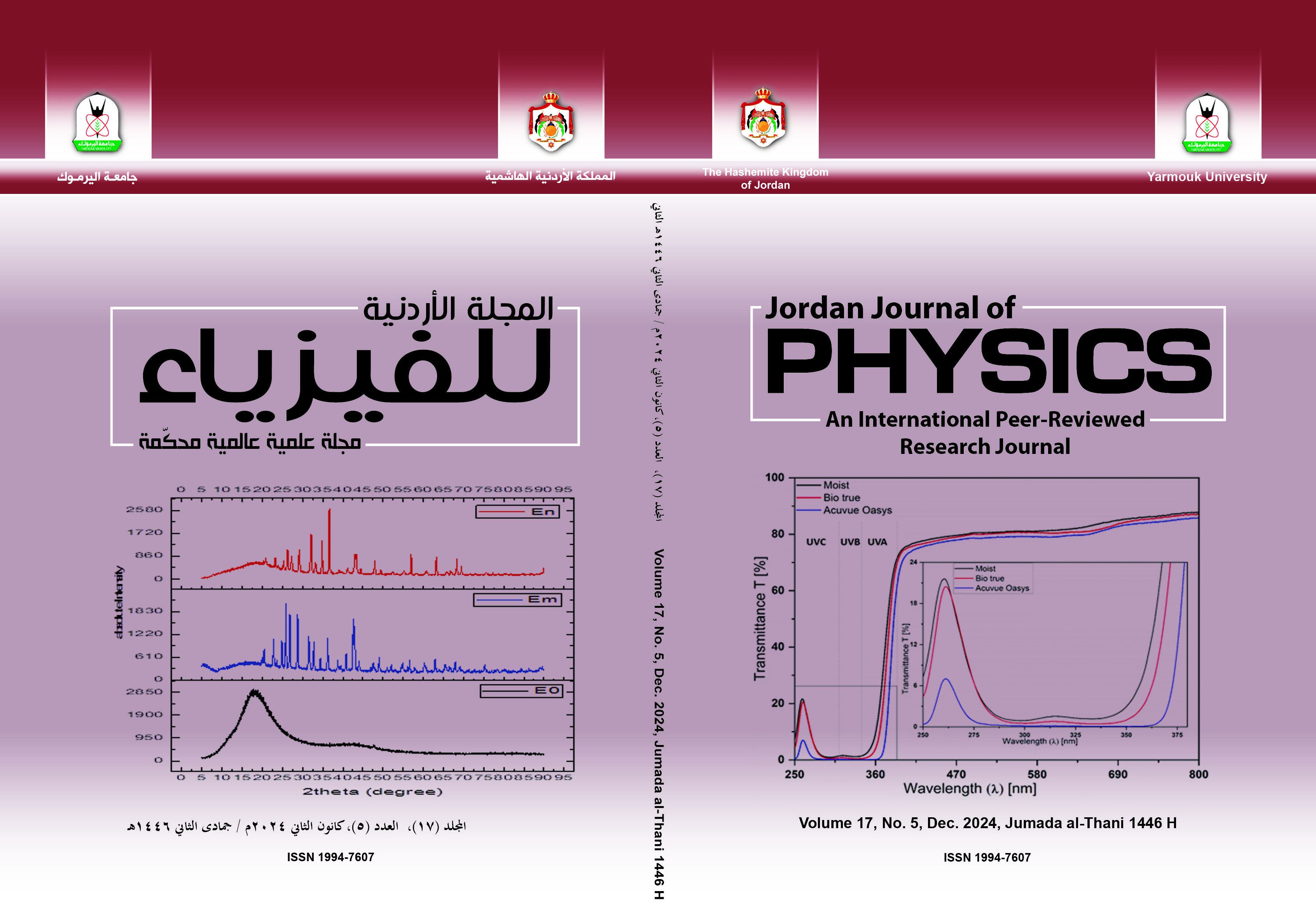Comparing of the Natural Radioactivity in Soil Samples of University at Al-Husseineya and Al-Mothafeen Sites of Kerbala, Iraq
Abstract
Radioactivity must be studied in soil to see the changes in the doses of human exposure. In this study, natural radioactivity and radiological hazard indices in soil samples of the Faculty of Agriculture (Al-Husseiney a site) and the Faculty of Medicine (AlMothafeen site) in Kerbala Governorate were determined using gamma-ray spectroscopy. The results showed that the mean values of specific activity (in units of Bq/kg) and standard errors of: 238U, 232 Th and 40K at Al-Husseiney a site was 21.7±7.2, 9.43±3.2 and
335.8±82.2, respectively, while at Al-Mothafeen site, the mean values and standard errors were 22.4±8.8, 11.2±3.3 and 333.1±70.7, respectively. Radiation maps of natural radioactivity ( 238 U, 232 Th and 40K) at Al-Husseiney a and Al-Mothafeen sites were mapped
using geographic information system (GIS) technology . Moreover, most results in the present study fall within the acceptable levels, as defined by OCDE, UNSCEAR and ICRP. Therefore, there is no significant radiological hazard at the sites which were studied.
Keywords: Radiological hazard, Natural radioactivity, Soil, NaI (Tl), Gamma-ray, Karbela University.


